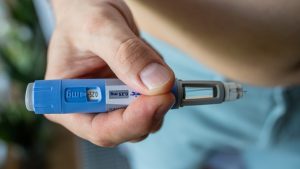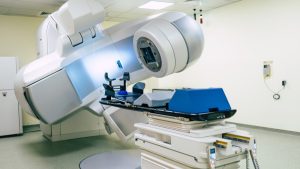Articles / Clinical Conversations: Allergic and Non-Allergic Rhinitis – A Practical Approach for GPs | Part two


writer
Allergist and Medical Rhinologist, Sydney Allergy Clinic
0 hours
These are activities that expand general practice knowledge, skills and attitudes, related to your scope of practice.
0 hours
These are activities that require reflection on feedback about your work.
0 hours
These are activities that use your work data to ensure quality results.
These are activities that expand general practice knowledge, skills and attitudes, related to your scope of practice.
These are activities that require reflection on feedback about your work.
These are activities that use your work data to ensure quality results.
This is part two of this series. Listen to Part 1 >>
Practice points
• Inflammatory types of rhinitis can be a Type 2 hypersensitivity response without being IgE-mediated. These types will respond well to steroids, especially combined with topical antihistamines. The triggers are similar to non-allergic rhinitis, plus smoke and occupational aspects.
• It is important to find out if there is a preventable cause in chronic non-inflammatory rhinitis, but it is still most likely idiopathic. Common triggers include things like perfume, hairspray, cosmetics, antiperspirants, deodorants, any kind of aerosols, cleaning products, soaps, powders, candles, incense, scented flowers, paints and solvents.
• In occupational triggers, the inflammatory as well as non-inflammatory causes often occur together “mixed rhinitis”. There often with this condition a history of allergic rhinitis that has been worsened by the onset of non-allergic rhinitis, roughly about the age of thirty to thirty-five years.
• Senile rhinitis (patients over seventy years of age) is a non-inflammatory rhinitis. Patients have no other symptoms apart from a profuse runny nose and ipratropium bromide, works brilliantly.
• Gustatory rhinitis is non-inflammatory and occurs only when eating spicy or other precipitating foods, is not associated with blockage, sneeze or itch and ipratropium bromide works well.
• Far too much importance is put on the positive blood test or skin prick test in rhinitis, because the positive test does not equate to having the allergy; there must be a cause and effect and so the history is most important.
• It doesn’t matter if the rhinitis is more allergic or more non-allergic, because the corticosteroid, especially combined with an antihistamine, works well for both.
• For non-allergic rhinitis refractory to corticosteroids, our clinic uses capsaicin spray four to five times a day, at least twenty minutes apart, until the burning sensation ceases. That can take five days up to two weeks, then it is used periodically as maintenance. Warn the patient that is stings.

Menopausal Hormone Therapy - What Dose of Estrogen is Best?

Cardiovascular Benefits of GLP1s – New Evidence

Oral Contraceptive Pill in Teens

RSV and the Heart

writer
Allergist and Medical Rhinologist, Sydney Allergy Clinic



Modified but kept in place
Eliminated entirely without replacement
Maintained as is
Completely replaced with an alternative system
Listen to expert interviews.
Click to open in a new tab
Browse the latest articles from Healthed.
Once you confirm you’ve read this article you can complete a Patient Case Review to earn 0.5 hours CPD in the Reviewing Performance (RP) category.
Select ‘Confirm & learn‘ when you have read this article in its entirety and you will be taken to begin your Patient Case Review.
Menopause and MHT
Multiple sclerosis vs antibody disease
Using SGLT2 to reduce cardiovascular death in T2D
Peripheral arterial disease
